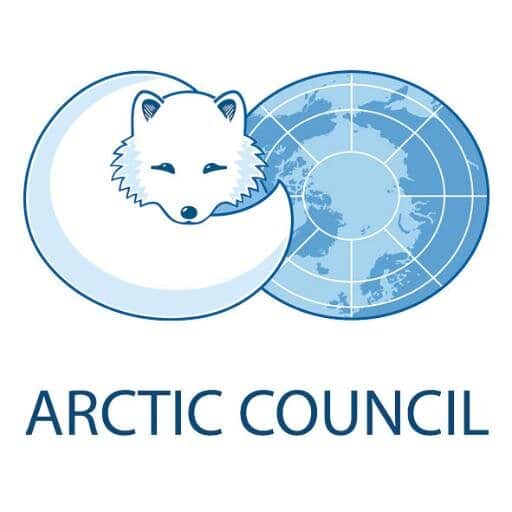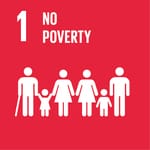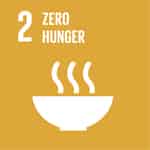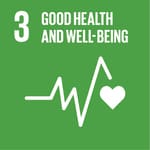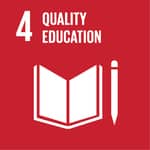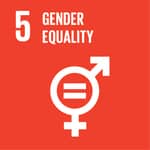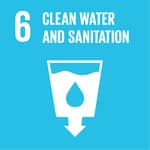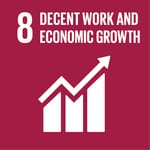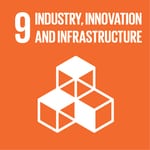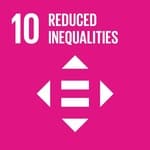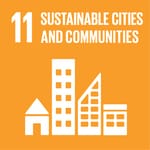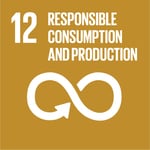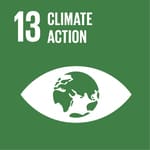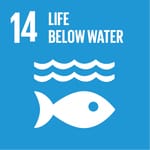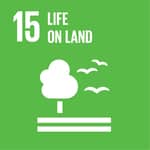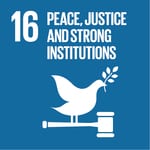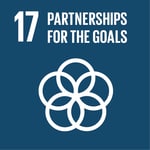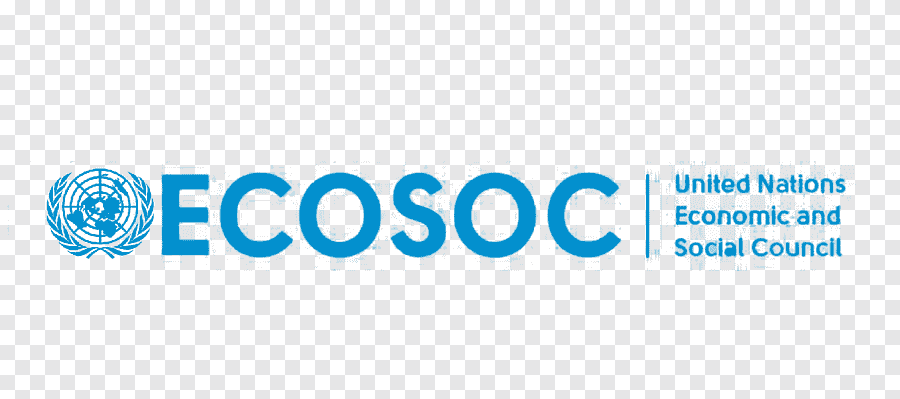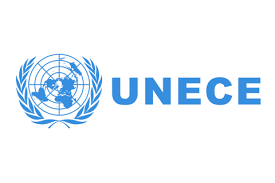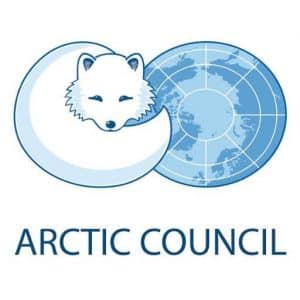
Arctic Council (1996, Tromso, Norway; 15 staff; arctic-council.org)
It provides a means for “promoting cooperation, coordination and interaction among the Arctic States, with the involvement of the Arctic Indigenous communities and other Arctic inhabitants on common Arctic issues; in particular, issues of sustainable development and environmental protection in the Arctic.” It includes 8 (charter) Member states*, 12 non-Arctic Observer States, 9 Intergovernmental and Inter-Parliamentary Organizations with observer status, and 11 Non-government organizations with observer status in the Arctic Council. In 1991, these member states established a number of Working Groups aiming to facilitate the discussion about the severity of environmental challenges in the Arctic and how to formulate appropriate responses to them.
*Member states: Canada, the Kingdom of Denmark, Finland, Iceland, Norway, the Russian Federation, Sweden and the United States.
Working Groups:
- Arctic Contaminants Action Program (ACAP) – “Acts as a strengthening and supporting mechanism to encourage national actions to reduce emissions and other releases of pollutants.”
- Arctic Monitoring and Assessment Programme (AMAP) – Monitors “the Arctic environment, ecosystems and human populations, and provides scientific advice to support governments as they tackle pollution and adverse effects of climate change.”
- Conservation of Arctic Flora and Fauna Working Group (CAFF) – “Addresses the conservation of Arctic biodiversity, working to ensure the sustainability of the Arctic’s living resources.”
- Emergency Prevention, Preparedness and Response Working Group (EPPR) – “Works to protect the Arctic environment from the threat or impact of an accidental release of pollutants or radionuclides.”
- Protection of the Arctic Marine Environment (PAME) Working Group – Is “the focal point of the Arctic Council’s activities related to the protection and sustainable use of the Arctic marine environment.”
- Sustainable Development Working Group (SDWG) – Works “to advance sustainable development in the Arctic and to improve the conditions of Arctic communities as a whole.”
Programs:
Publications:
- News and Events
- An archive of documents
Note: Pressure is increasing for the Arctic Council to address security issues re: national defense and homeland security, but no mention of Arctic methane. DH

